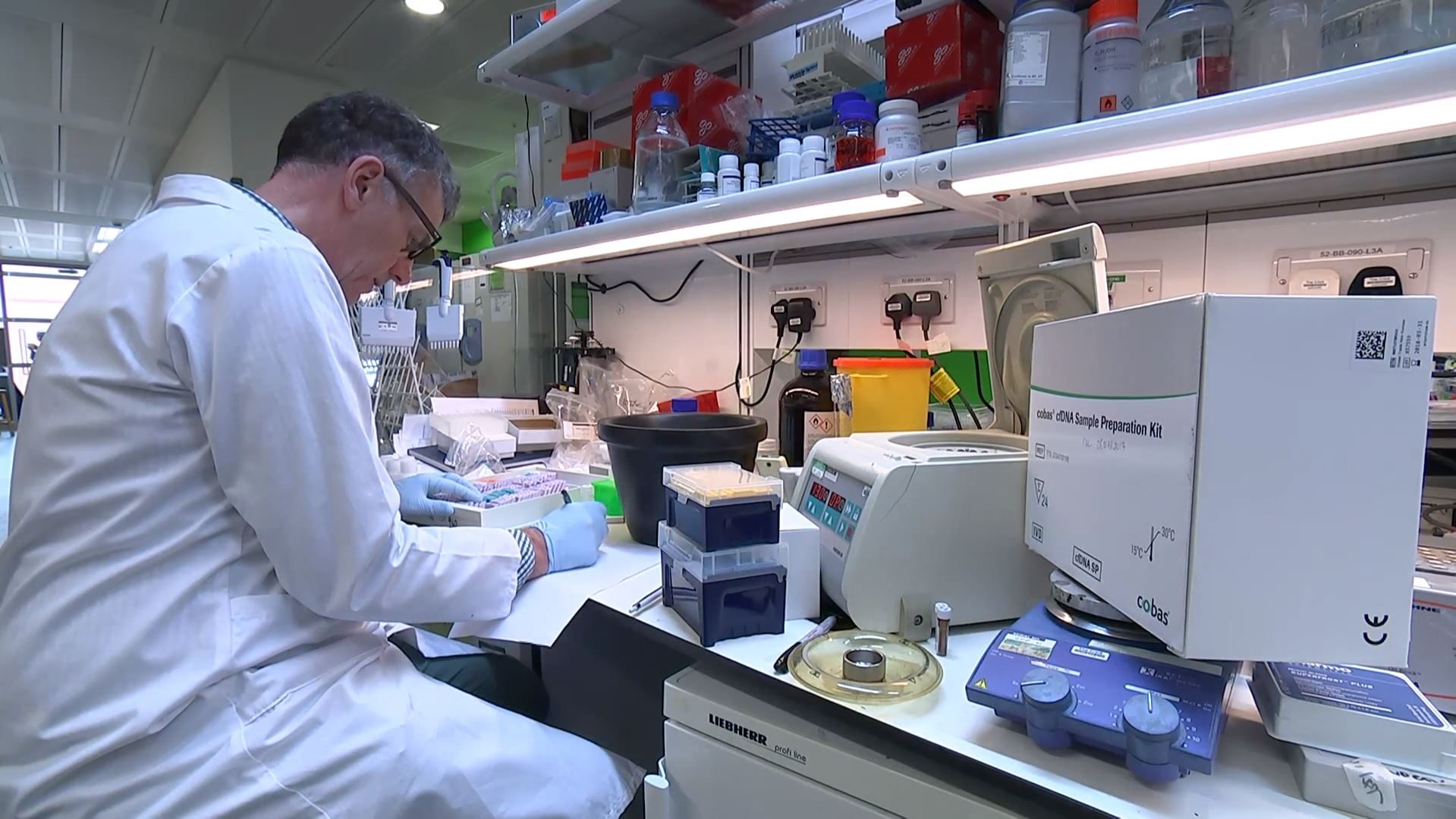The ongoing battle against breast cancer has seen remarkable advancements in recent years, culminating in a significant reduction in mortality rates among women. This encouraging trend can be attributed to a confluence of factors, including early detection, improved treatment modalities, and heightened awareness efforts.
In examining the current statistics, one cannot overlook the extraordinary strides made in screening protocols. Regular mammograms facilitate the early identification of malignancies, often before they manifest into life-threatening conditions. Detecting cancer at a nascent stage greatly enhances the efficacy of treatment and markedly improves survival rates. Breast cancer, when caught early, can often be treated with less aggressive therapies, ultimately leading to a better quality of life for the patient.
Moreover, innovations in medical technology and research have heralded new horizons in treatment options. The advent of personalized medicine, where therapies are tailored to the genetic makeup of the individual, has redefined the treatment landscape. Targeted therapies and immunotherapy are now common in the arsenal against breast cancer, providing hope where there was once despair. These therapies have not only demonstrated improved survival outcomes but have also minimized adverse effects, making the treatment journey less harrowing.
Concurrently, public awareness campaigns have played an indispensable role in this paradigm shift. Educational initiatives aimed at demystifying breast cancer have empowered women to take charge of their health. This proactive approach—understanding risk factors, recognizing symptoms, and seeking timely medical advice—has proven crucial in combating the disease. The conversations surrounding breast cancer have evolved, fostering an environment where women feel supported in discussing their health challenges openly.
As these statistics herald a new era, it is imperative to recognize the disparities that still exist. While overall mortality rates have diminished, certain demographics remain disproportionately affected. Socioeconomic factors, access to healthcare, and cultural stigmas can hinder effective treatment and prevention efforts for specific communities. Addressing these inequities is essential in the push towards even lower mortality rates and ensuring that every woman has the opportunity for timely intervention.
In conclusion, while the decline in the number of women dying from breast cancer is indeed a positive development, it is a reminder of the collective effort needed to continue this trajectory. By embracing early detection, leveraging advanced treatment options, and fostering an inclusive discussion around breast health, the goal of further reducing mortality rates is not merely aspirational—it is within reach. Continued vigilance and advocacy will be paramount in transforming this potential into reality.
